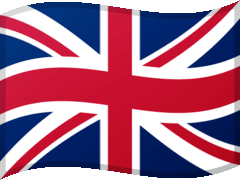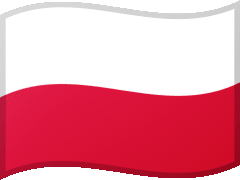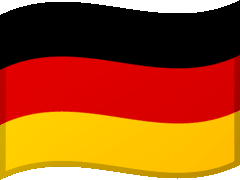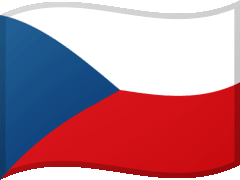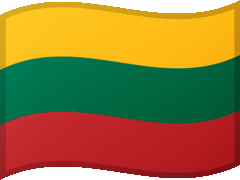The map of Europe which can be found on the home page is interactive. Clicking on the contours of a selected country of the Central and Eastern Europe redirects the visitor to a subpage with the history of the given country. The subpages dedicated to the history of individual countries can also be accessed via the menu at the top of the screen.
The map of Europe on the home page presents the shape of borders from the beginning of the year 1990. This means, among other things, that:
• Both German states – Federal Republic of Germany (FRG) and German Democratic Republic (GDR) – are presented separately even though they re-unified in the same year, precisely on 3 October 1990.
• The Soviet Union (still) consists of Lithuania, Latvia and Estonia (as the Lithuanian Soviet Socialist Republic, the Latvian Soviet Socialist Republic and the Estonian Soviet Socialist Republic), as well as Belarus and Ukraine (as the Byelorussian Soviet Socialist Republic and the Ukrainian Soviet Socialist Republic). These countries are soon to declare their independence (in 1990 and 1991). At the end of 1991, the Soviet Union will cease to exist. At the beginning of 1990, however, the situation looked the way it was shown on the map. With one exception.
• Lithuania is shown on the map as an independent state - it is not a part of the Soviet Union. The Lithuanians' road to independence was long and it is not true that, at the beginning of 1990, it was internationally recognised as an independent state. In order to emphasise the Lithuanians' determination and desire for freedom, and the fact that they were the first to declare independence from the power of the Soviet Union, i.e. as early as 11 March 1990, their state is also distinguished on our map.
This is an ahistorical element, but we hope that this move will meet with understanding.
